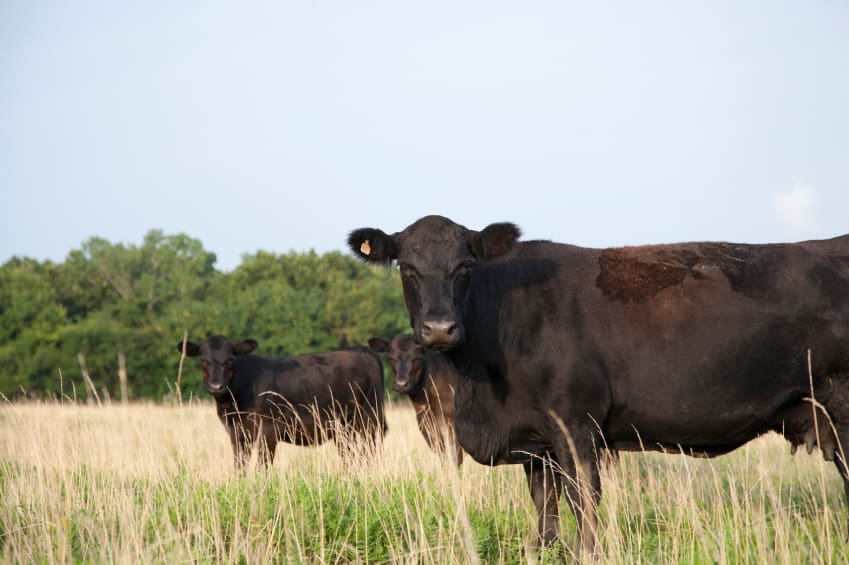 A new pain relief product released for use in cattle production this year is demonstrating financial benefits for producers in addition to welfare improvements, according to its manufacturer.
A new pain relief product released for use in cattle production this year is demonstrating financial benefits for producers in addition to welfare improvements, according to its manufacturer.
Earlier this year Troy Laboratories released a pain relief product for cattle containing the non-steroidal anti-inflammatory drug, meloxicam.
“Ilium Buccalgesic OTM” is a viscous liquid applied using a drench-like gun applicator into the space between the gum and cheek of a calf. The active ingredient is effectively absorbed through the buccal membranes of the cheek and delivers pain relief within 5-10 minutes, with efficacy lasting 24 hours or longer.
The cost to producers to buy Buccalgesic through their vets (which is the only way they can access the product) is approximately 80 cents for a 40kg calf or $2.40/ 120kg calf.
Buccalgesic has a 14 day meat withholding period and a 21 day export slaughter interval.
Troy Laboratories CEO Ian Saunders said the pain relief gel was developed to provide farmers with an appropriate tool that would enable them to:
- Meet EU demands in terms of animal welfare laws for production animals;
- Meet consumer desires that meat producing animals have had a good life up to the time of slaughter;
- Provide farmers with a cost effective way of achieving pain management; and
- Provide a solution that will ensure calves are not set back in their development and weight gain due to pain related issues.
Mr Saunders told Beef Central the product is now being used by producers primarily in the dairy industry.
He believes the key to driving wider uptake of the product will involve demonstrating to producers that there is more than just a “feel good benefit” to using pain relief.
The company currently has trial work underway to monitor feeding times, feeding rates and weight changes of calves treated with Buccalgesic versus a non-treated group.
After calves are disbudded, monitoring equipment on a feeder device records the ear tag numbers of treated and non-treated cattle as they feed, which provides accurate time of feeding and length of feeding for the two groups. Weight changes are also monitored.
“The indication to us on the early data is that there is a clear difference between a calf that has had the treatment and one that has not,” Mr Saunders said.
“We’re looking at around about 11pc difference in weight between treated and non-treated calves.”
Ilium Buccalgesic OTM has been funded by a million dollar partnership between the MLA Donor Company (MDC) and Troy Laboratories Australia.
Meloxicam was previously only available in the form of an injection, which presented operator-safety, carcase-quality and welfare issues.
The normal dose is less than 3 mL and is stained blue, so it is easy to see the animal has been treated.
“It can be given while the animals are in the race so the pain medication is kicking in at the time of operation,” Mr Saunders said.
“The calves then have 24–48 hours pain free and, as there are no needles involved, it’s also safer for the operator.”
The MDC-Troy partnership has also produced a similar pain relief product for sheep, which is due to be released later in 2016.
MLA Sustainability R&D Program Manager Jim Rothwell, said the MDC-Troy partnership was necessary to address a market failure.
He said Troy Laboratories had conceived the product, but the high cost of development and registration presented an enormous barrier to its development.
“There is no longer patent protection for registered NSAIDs, which limited the commercial incentive to develop them further for sheep and cattle,” Mr Rothwell said.
“The development and registration process was expensive so, by sharing that cost, Troy and the MDC have created products that would probably not have been developed if left in the hands of market forces.”
Mr Rothwell said the sheep product, in particular, required an expensive residue study as there was no NSAID registered for sheep in Australia.
“There is significant interest from producers in best practice pain relief, so we anticipate there will be a lot of interest in these products when they become available,” he said.
